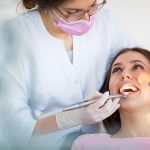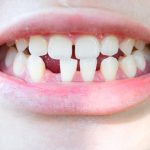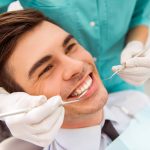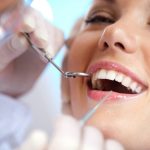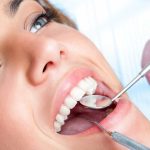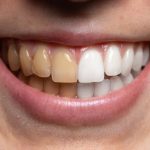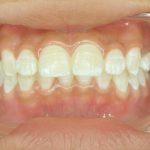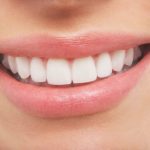When to Eat Pasta After Wisdom Teeth Removal: A Comprehensive Guide
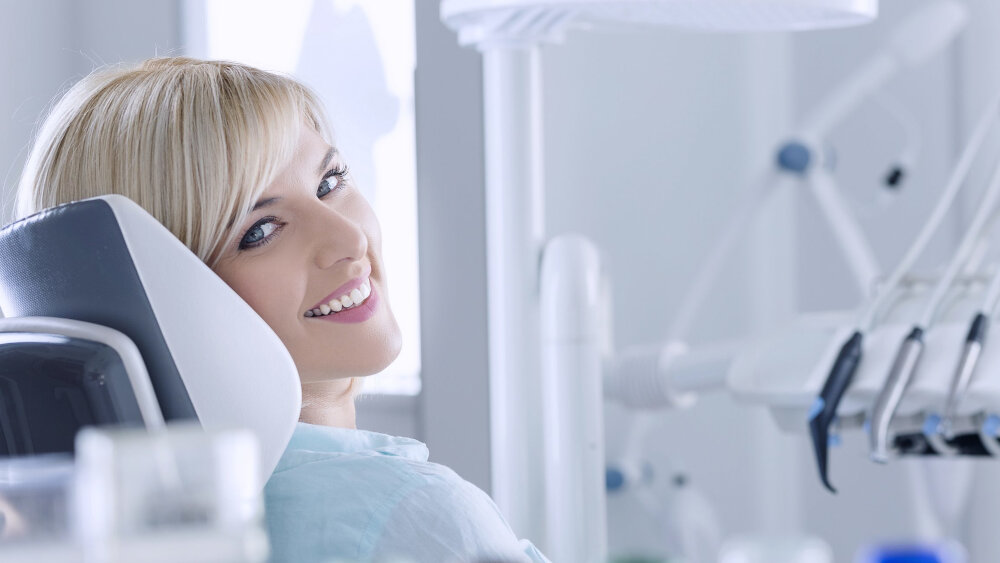
Pasta is a staple food in many households, and it’s not difficult to see why. It’s versatile, delicious, and easy to prepare. However, if you’ve recently undergone wisdom teeth removal surgery, you might be wondering when it’s safe to indulge in this carb-loaded dish again. Wisdom teeth removal can be a painful and uncomfortable experience, and knowing what to eat and when can make a huge difference in your recovery time. In this comprehensive guide, we’ll explore everything you need to know about eating pasta after wisdom teeth removal, from the types of pasta to avoid to the best time to incorporate it back into your diet. The first few days after wisdom teeth removal can be challenging, and it’s important to stick to a soft food diet to avoid any unnecessary pain or discomfort. While pasta may seem like a soft food option, not all types of pasta are created equal. In fact, some types of pasta can actually hinder your recovery process. In this guide, we’ll break down the different types of pasta and provide you with a list of safe and easy-to-eat options. We’ll also discuss the healing process after wisdom teeth removal, including how long it takes for your gums to heal and when it’s safe to start eating regular foods again. So, if you’re a pasta lover who’s recently undergone wisdom teeth removal surgery, keep reading to learn everything you need to know about incorporating this delicious dish back into your diet.
Wisdom teeth removal is a common dental procedure that involves the extraction of the third molars located at the back of the mouth. These teeth can cause a variety of issues, such as crowding, infection, and damage to nearby teeth. The procedure is usually performed under local anesthesia and can take up to an hour to complete. After the extraction, patients may experience swelling, bleeding, and discomfort, which can be managed with pain medication and ice packs. It is important to follow the dentist’s post-operative instructions, which may include avoiding certain foods, such as hard, crunchy, or spicy foods, for a period of time to allow for proper healing.
After undergoing a wisdom teeth removal procedure, it is crucial to take proper care to ensure a speedy recovery. Neglecting post-operative instructions can lead to complications such as infection, excessive bleeding, and prolonged pain. It is imperative to follow the guidelines provided by the dentist or oral surgeon, which may include avoiding certain foods and drinks, using ice packs to reduce swelling, taking prescribed medications as directed, and maintaining good oral hygiene. It is also essential to schedule a follow-up appointment to monitor the healing process and address any concerns. By taking proper care after the procedure, individuals can minimize the risk of complications and enjoy a quicker and more comfortable recovery.
The article \When to Eat Pasta After Wisdom Teeth Removal: A Comprehensive Guide\ provides a detailed overview of what people can expect after undergoing wisdom teeth removal surgery. Specifically, the article focuses on when it is safe to eat pasta after the surgery, as many people are unsure when they can safely consume solid foods. The article explains why it is important to avoid certain foods during the recovery period and provides tips for easing back into a regular diet. It also addresses common concerns such as pain management and proper oral hygiene during the recovery process. Overall, this comprehensive guide serves as a valuable resource for anyone who has recently undergone wisdom teeth removal and is looking for guidance on how to properly care for themselves during the recovery period.
Factors to Consider Before Eating Pasta After Wisdom Teeth Removal
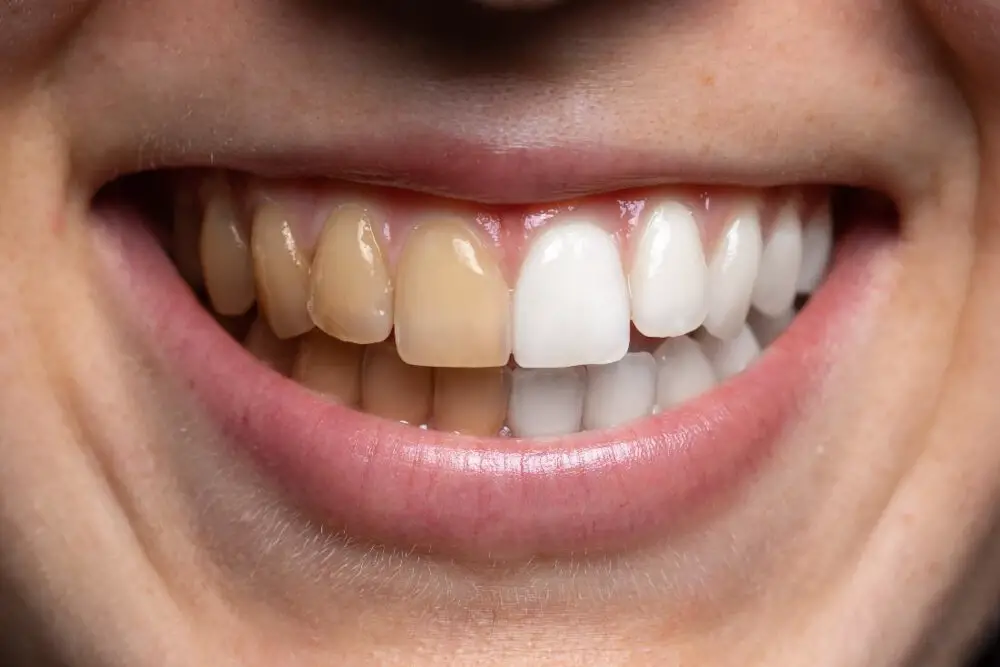
Pasta is undoubtedly a delicious and relatively easy-to-eat food, which makes it a popular choice for people recovering from wisdom teeth removal. However, there are several factors to consider before indulging in a plate of pasta after the procedure. Firstly, it is important to wait until the initial bleeding has stopped completely before eating any solid foods, including pasta. This is because chewing may irritate the wound and cause excessive bleeding, leading to complications. Therefore, it is recommended to stick to soft, cold foods for the first few days after surgery and gradually progress to more solid foods as the wound heals. Another important factor to consider before eating pasta after wisdom teeth removal is the type of pasta and sauce being consumed. It is advisable to avoid spicy or acidic sauces, such as tomato sauce or pesto, as they may cause discomfort or irritation to the wound. Instead, opt for mild and creamy sauces like alfredo or butter-based sauces, which are gentle on the mouth and easy to swallow. Similarly, choose soft and well-cooked pasta, such as penne or fettuccine, over harder varieties like spaghetti or linguine, which may be difficult to chew and swallow. Overall, it is crucial to take these factors into account before indulging in a plate of pasta after wisdom teeth removal to ensure a smooth and comfortable recovery process.
The healing process after wisdom teeth removal can vary depending on individual circumstances, but generally follows a similar pattern. After the surgery, the body’s natural healing mechanisms kick in, with blood clots forming over the extraction sites. Over the next few days, the blood clots will solidify and begin to form new tissue, which will eventually lead to the formation of new bone. During this time, it’s important to avoid certain foods and activities that could disrupt the healing process and cause complications. As the tissue continues to heal, any discomfort and swelling should gradually subside, and the patient can resume their normal diet and activities. However, it’s important to follow the dentist’s instructions and attend any follow-up appointments to ensure proper healing and prevent any complications.
Wisdom teeth removal can cause several potential complications that can affect the healing process. One of the most common complications is dry socket, which occurs when the blood clot that forms in the extraction site is dislodged or dissolves before the wound has healed. This can cause severe pain and delay the healing process. Infection is another potential complication that can occur if the surgical site is not kept clean or if bacteria enter the wound. Swelling and bruising are also common side effects of wisdom teeth removal, which can be managed with painkillers and ice packs. It is important to follow your dentist’s post-operative instructions carefully to minimize the risk of complications and ensure a smooth recovery.
Consulting with a dentist is crucial in maintaining good oral health and preventing potential complications. In the case of wisdom teeth removal, it is especially important to seek the advice of a dental professional to ensure proper healing and recovery. Dentists can provide important guidance on when to resume normal activities, such as eating certain foods, after oral surgery. They can also monitor healing progress, identify any potential issues, and recommend appropriate treatment. By consulting with a dentist, patients can take the necessary steps to promote optimal oral health and avoid complications that could result in prolonged discomfort and further dental issues.
The soft food diet is a temporary dietary modification that involves consuming only foods that are easy to chew, swallow and digest. This diet is typically recommended after oral surgeries, such as wisdom teeth removal, to reduce discomfort and promote healing. The soft food diet includes foods that are low in fiber, fat, and spices. The diet typically consists of foods like mashed potatoes, oatmeal, yogurt, soup, and smoothies. It is important to avoid hard, crunchy, and spicy foods during the healing process, as these can irritate the surgical site and delay healing. The soft food diet is an important part of the postoperative care plan for those recovering from wisdom teeth removal.
How to Prepare Pasta for Consumption After Wisdom Teeth Removal
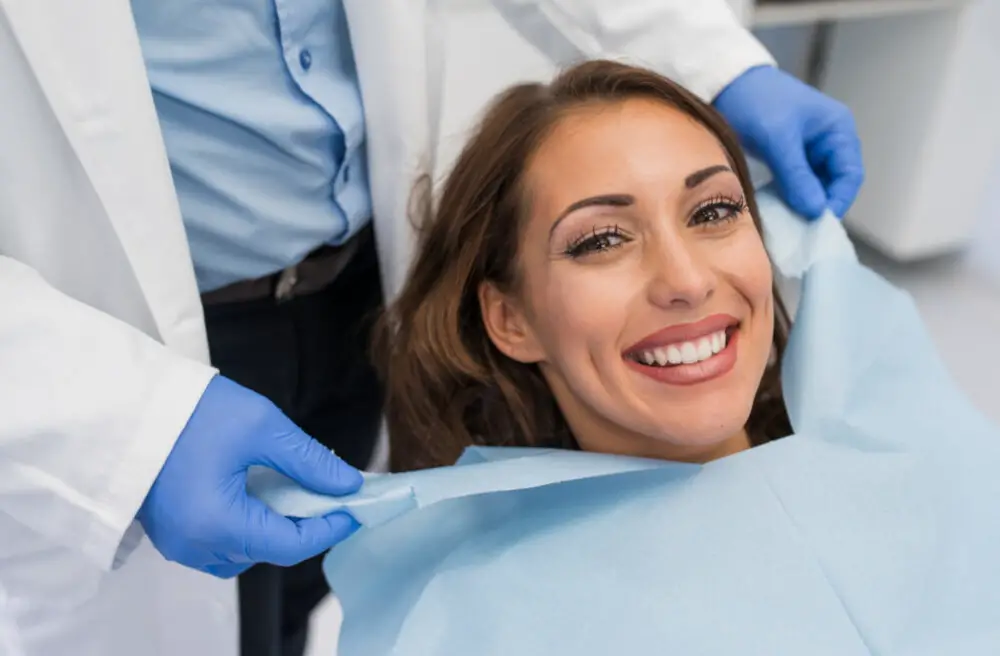
After wisdom teeth removal, it is important to maintain a soft diet for the first few days to avoid damaging the surgical site and promote healing. However, if you are craving pasta, there are ways to prepare it for consumption without causing discomfort or complications. Firstly, cook the pasta al dente, which means it is cooked firm to the bite. This will make it easier to chew without being too soft and mushy. Avoid adding any hard or crunchy ingredients such as nuts or vegetables, as these can irritate the surgical site. Instead, opt for a simple sauce such as tomato or cream-based that is easy to swallow. Once the pasta is cooked, let it cool down to a comfortable temperature before consuming. Avoid eating hot or spicy foods as they can cause discomfort and inflammation. Cut the pasta into small pieces and take small bites to prevent any strains or pressure on the surgical site. It is also important to rinse your mouth with saltwater after consuming any food to prevent infection and promote healing. By following these guidelines, you can safely enjoy pasta after wisdom teeth removal without compromising your recovery.
Pasta is a beloved staple of Italian cuisine, and with so many different types available, there’s something to suit everyone’s taste. From spaghetti, linguine, and fettuccine to penne, rigatoni, and farfalle, each variety has its own unique texture and flavor. For those who prefer a heartier meal, there’s also lasagna, cannelloni, or ravioli, which are often filled with meat, cheese, or vegetables. For those who prefer a lighter meal, angel hair pasta or capellini is a good option, while those who are gluten intolerant can opt for gluten-free pasta made from corn or rice. Whatever your preference, pasta is a versatile and delicious dish that can be enjoyed in many different ways.
There are different cooking methods that can be used to make various dishes. Grilling involves cooking food on a grill over direct heat, while broiling is similar to grilling but uses an oven’s top heating element. Roasting is a dry-heat cooking method that involves cooking food in an oven, and baking is a similar method but usually involves cooking dough or batter-based foods. Boiling is a moist-heat cooking method where food is cooked in boiling water, while simmering is similar but uses lower heat. Steaming involves cooking food over steam, and frying involves cooking food in hot oil. Each cooking method has its own unique advantages and disadvantages, and choosing the right one can enhance the flavor and texture of your dishes.
It is crucial to avoid hard or crunchy ingredients after wisdom teeth removal surgery. Hard or crunchy foods can cause severe pain, discomfort, and even damage to the surgical wound, delaying the healing process. Additionally, hard foods can dislodge the blood clot, which is a crucial component of the healing process, leading to a painful condition called dry socket. To ensure proper healing and prevent any complications, it is recommended to stick to soft and easy-to-chew foods for the first few days after wisdom teeth removal surgery. Incorporating healthy and nutrient-rich foods like soups, smoothies, mashed potatoes, and pasta can help speed up the recovery process while ensuring adequate nourishment.
When it comes to eating pasta after wisdom teeth removal, there are a few tips that can make the experience easier and more enjoyable. First, try cooking the pasta until it is very soft and tender, so that it requires minimal chewing. Secondly, consider using a smooth sauce or broth to coat the pasta, as this will help it slide down the throat more easily. Another option is to puree the pasta and sauce together in a blender or food processor to create a velvety smooth consistency. Lastly, consider using a smaller fork or spoon to take smaller bites, which can help prevent any discomfort or irritation in the mouth. By following these tips, you can still enjoy a delicious bowl of pasta while recovering from wisdom teeth removal.
When to Start Eating Pasta After Wisdom Teeth Removal
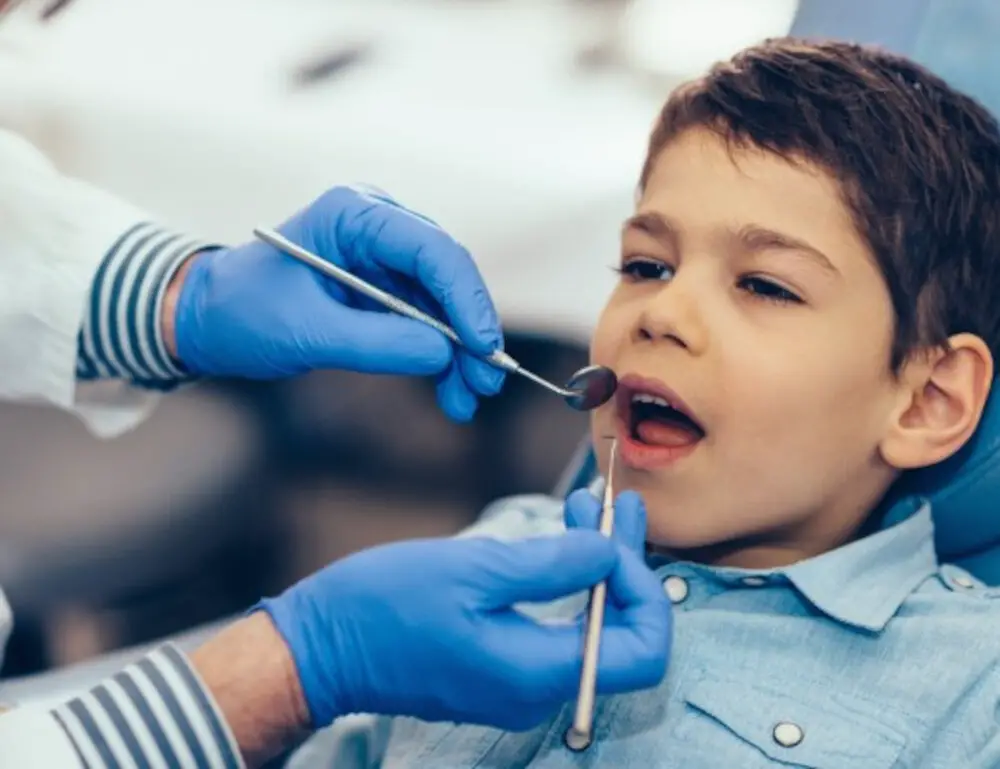
After getting your wisdom teeth removed, it’s important to be cautious about what you eat to avoid any complications that could hinder the healing process. While pasta is generally considered a soft food that’s easy to eat, it’s crucial to wait until you’re fully healed before indulging in a plate of spaghetti. Typically, it’s recommended to wait at least five days before consuming pasta after wisdom teeth removal. However, the exact time frame can vary depending on a variety of factors, such as the extent of your surgery and how quickly you’re healing. During the first few days after wisdom teeth removal, it’s best to stick to a liquid or soft food diet to avoid irritating the surgical site. This means avoiding any hard or crunchy foods, such as chips or nuts, as well as anything that requires extensive chewing. As your mouth heals and your pain subsides, you can gradually start to incorporate more solid foods into your diet. However, it’s crucial to start with soft foods that are easy to chew and swallow, such as mashed potatoes, scrambled eggs, and soup, before moving onto more complex dishes like pasta. By following these guidelines and waiting until you’re fully healed, you can enjoy a delicious bowl of pasta without any discomfort or complications.
The healing timeline after wisdom teeth removal varies from person to person, as it depends on several factors such as age, overall health, and the complexity of the extraction. Typically, the first 24-48 hours are the most crucial, during which the patient must rest and avoid any strenuous activity. Swelling and discomfort can be expected during this period, and patients are advised to apply ice packs and take prescribed painkillers to manage the pain. After the first two days, the swelling and pain should begin to subside, and patients can gradually start to introduce soft foods into their diet. It is essential to maintain good oral hygiene during this period by gently brushing and rinsing the mouth with warm saltwater. Full recovery can take anywhere between one and two weeks, during which patients should avoid smoking, using straws, or eating crunchy or hard foods that could disrupt the healing process.
After wisdom teeth removal, it is important to be cautious when it comes to eating certain foods, including pasta. The general rule of thumb is to wait at least 24-48 hours before attempting to eat any solid foods, including pasta. During this time, it is recommended to stick to a soft food diet to avoid disrupting the healing process. Once you feel comfortable enough to start incorporating solid foods back into your diet, it is important to start slowly and avoid any hard or crunchy foods that may cause discomfort or damage to the healing area. It is also important to chew carefully and take small bites to avoid putting unnecessary pressure on the surgical site. Overall, it is best to consult with your dentist or oral surgeon for personalized advice on when it is safe to start eating pasta after wisdom teeth removal.
Listening to your body is crucial, especially after a surgical procedure such as wisdom teeth removal. Your body is the ultimate guide to what it needs and what it can handle. Paying attention to the signals it sends you can help prevent complications and promote healing. If you try to eat pasta too soon after your wisdom teeth extraction, your body will let you know with pain, swelling, and discomfort. It’s important to follow your dentist’s instructions and wait until your body is ready to handle solid foods. In the meantime, stick to soft foods and liquids that won’t irritate the surgical site. By listening to your body and giving it the time and nourishment it needs, you can ensure a faster and smoother recovery.
In conclusion, it is essential to follow a few guidelines after wisdom teeth removal surgery to avoid any complications. One of the most important factors to consider is when to eat pasta. It is advisable to wait for at least three to four days before consuming any foods that require chewing, including pasta. During this period, it is recommended to consume soft and cold foods to minimize swelling and pain. Additionally, maintaining good oral hygiene by gently brushing and rinsing with salt water can help prevent infection. Overall, following these simple guidelines can aid in a smooth recovery and help you get back to enjoying your favorite foods, including pasta, in no time.
In conclusion, it is important to take your time when reintroducing solid foods after wisdom teeth removal, including pasta. While it can be tempting to indulge in a big bowl of spaghetti, it is best to start with softer, more easily chewable pasta varieties and progress gradually to firmer types. Be sure to avoid spicy or acidic sauces that can irritate the surgical site, and take care not to chew on the side of your mouth where the extraction occurred. Additionally, following a balanced and nutritious diet rich in vitamins and minerals can aid in the healing process and promote overall oral health. Remember, patience and caution are key when it comes to eating pasta and any other foods after wisdom teeth removal.
Conclusion
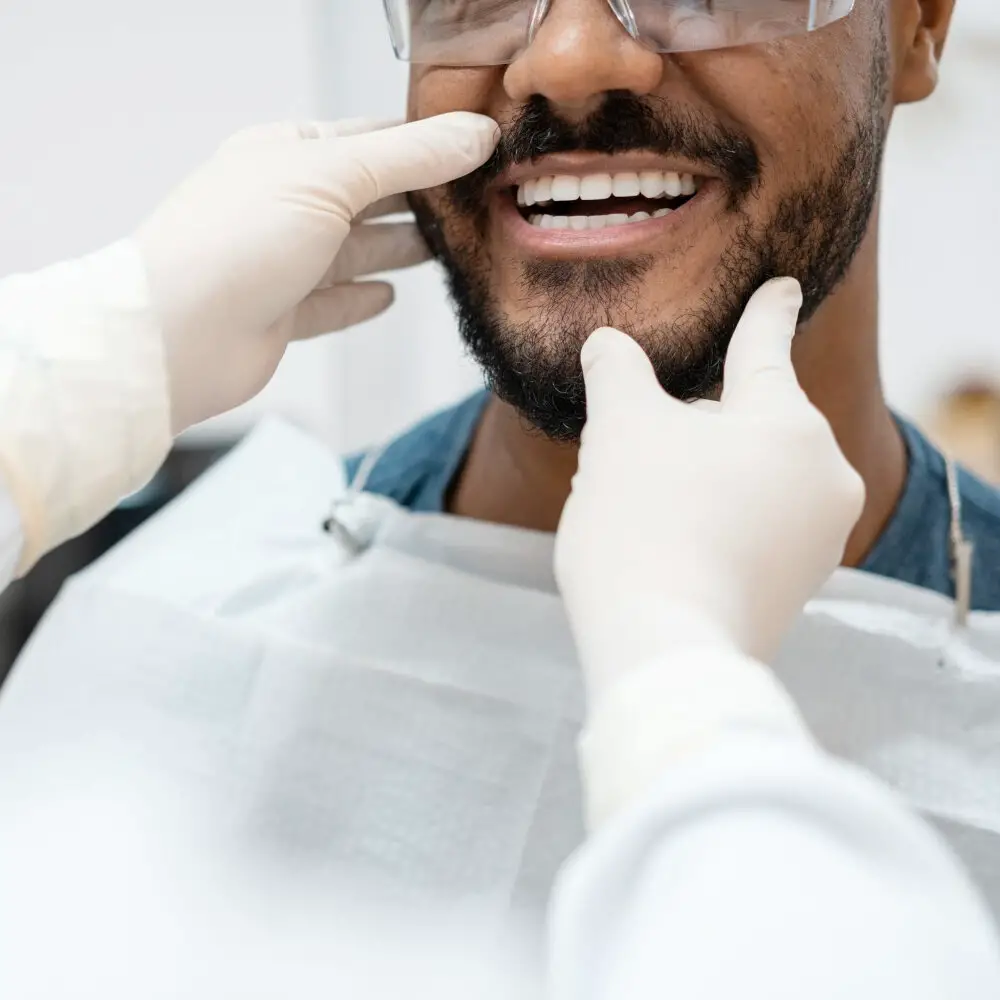
In conclusion, knowing when to eat pasta after wisdom teeth removal can make a significant difference in your recovery process. It’s essential to prioritize your health and follow the guidelines given by your dentist or oral surgeon. While it’s tempting to indulge in your favorite pasta dishes, it’s important to wait until the appropriate time has passed to avoid complications. By following a soft food diet and gradually reintroducing solid foods, you can ensure a smooth and comfortable recovery. Remember, patience and proper care are key to a speedy and successful healing process.
